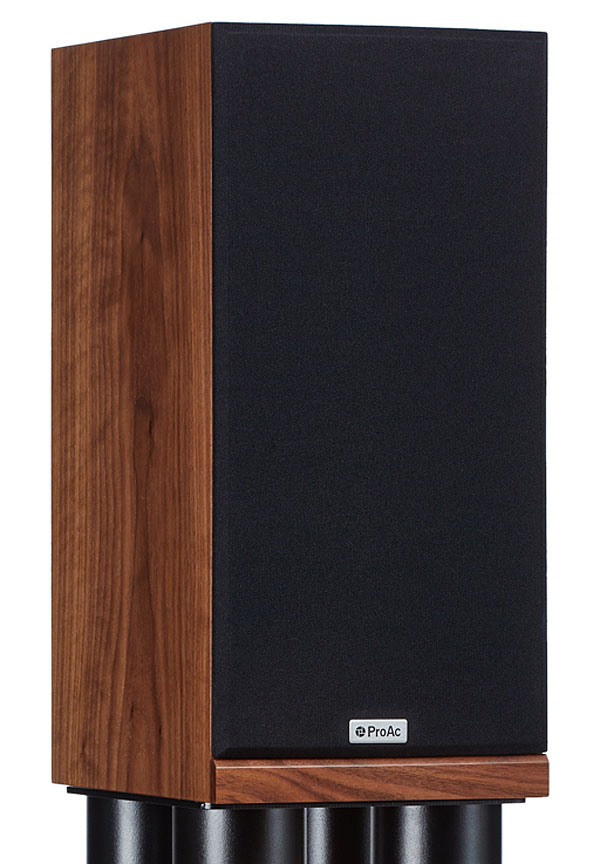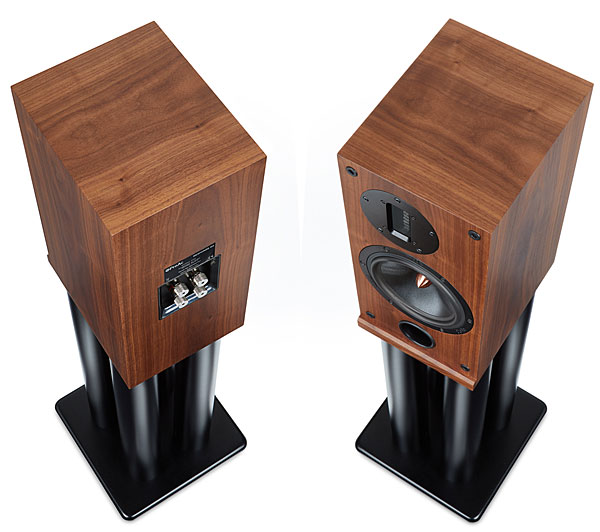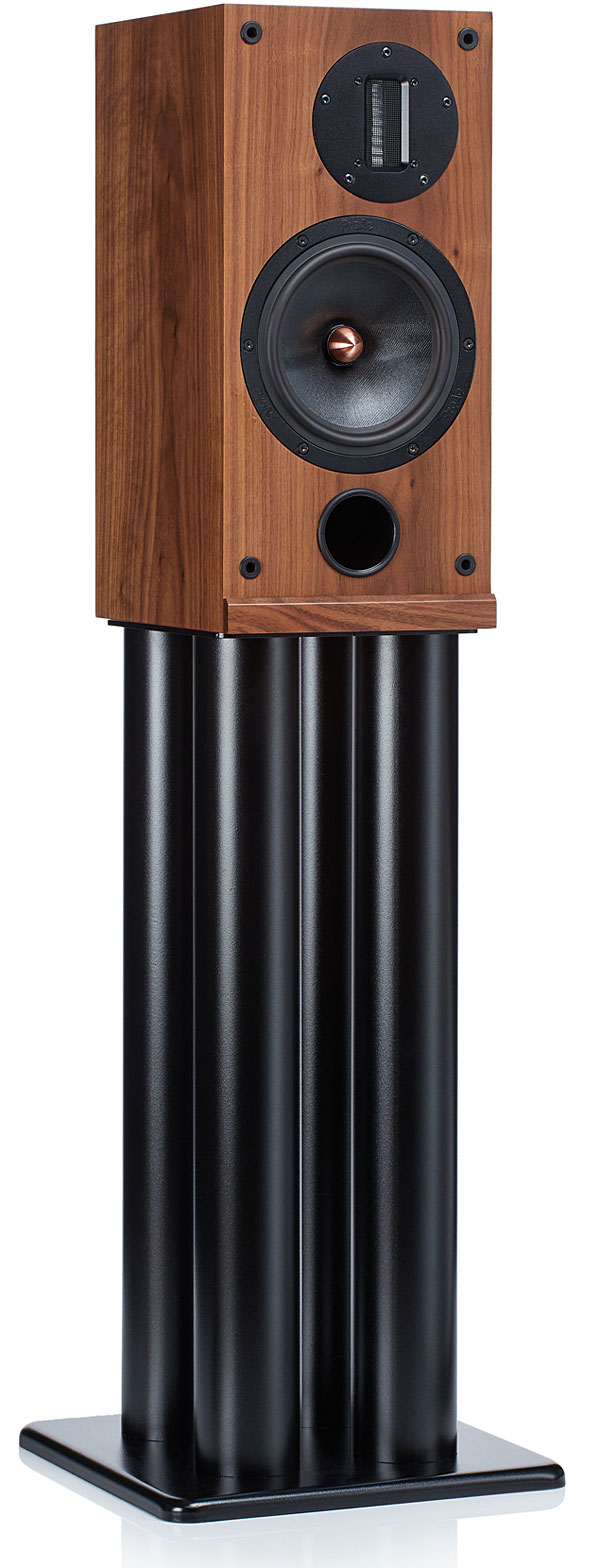| Columns Retired Columns & Blogs |
KM could try the NAD M10 ($2,750, reviewed by Stereophile) with some of these bookshelf/stand-mount type of speakers ...... The built-in Dirac Live could improve the sound even further, for the already good sounding speakers :-) ........









































